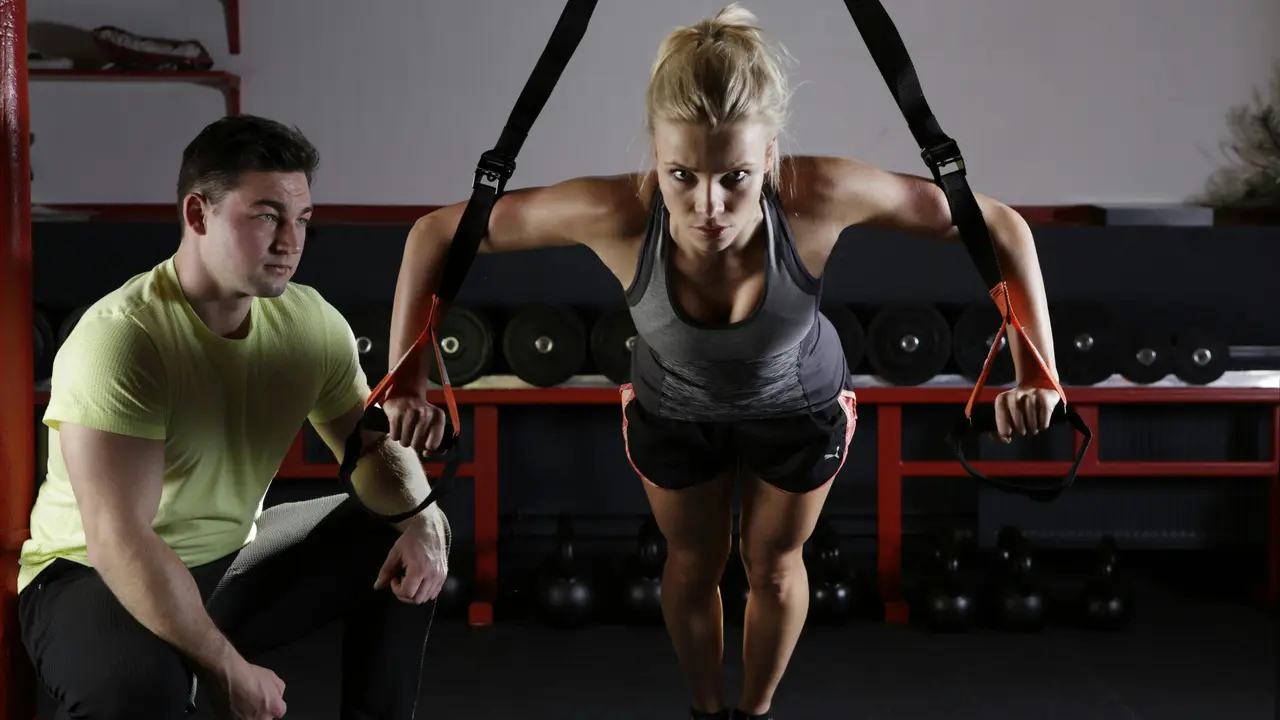Have you ever wondered, “why do your muscles burn when you workout?” This burning sensation can be an intriguing aspect of your fitness journey, signaling both effort and change. In this article, we will explore the science behind that intense feeling in your muscles, delving into the physiological processes at play and offering insights into how to manage it effectively. Get ready to discover the truth!
Understanding the Muscle Burn: Why Do Your Muscles Burn When You Workout?
The Physiology Behind Muscle Burn
When you engage in strenuous physical activity, your muscles require energy to continue functioning. This energy primarily comes from a molecule called adenosine triphosphate (ATP). As your workout intensity increases, your muscles may not receive enough oxygen to produce ATP efficiently. This leads to a shift towards anaerobic metabolism, where your body starts breaking down glucose for energy.
- Aerobic metabolism uses oxygen and produces carbon dioxide.
- Anaerobic metabolism does not use oxygen and produces lactic acid.
The Role of Lactic Acid in Muscle Burn
As a result of anaerobic metabolism, lactic acid accumulates in your muscles, contributing significantly to that burning sensation. While lactic acid has been historically vilified as a harmful byproduct, recent research suggests it plays a vital role in energy production. The presence of lactic acid can signal your body to adapt, becoming stronger and more efficient over time.
Factors Influencing Muscle Burn During Workouts
The Type of Exercise Matters
Not all workouts produce the same level of muscle burn. High-intensity workouts, such as sprinting, weightlifting, or circuit training, are more likely to induce this sensation due to the rapid depletion of oxygen and the swift production of lactic acid. Conversely, moderate-intensity exercises, like jogging or cycling at a steady pace, may not cause as much burning.
Fitness Level and Muscle Burn
Your fitness level and experience play a crucial role in how intensely you experience the burn. Beginners may feel this sensation more acutely as their muscles are not yet conditioned for strenuous activity. In contrast, seasoned athletes may have adapted to such exercises, experiencing less burn due to improved oxygen efficiency and lactate clearance.
How to Manage Muscle Burn During Your Workouts
Pacing Yourself
One effective way to manage muscle burn is to pace yourself during your workouts. Start with a moderate intensity and gradually increase it as your muscles adapt. This gradual approach allows your body to build endurance, reducing the likelihood of feeling overwhelmed by the burn.
Proper Warm-Up and Cool Down
Incorporating a proper warm-up and cool-down routine can significantly help manage muscle burn. A thorough warm-up prepares your muscles for the intensity of exercise, improving blood flow and oxygen delivery. Meanwhile, cooling down helps your body transition back to a resting state and aids in lactic acid clearance.
Hydration and Nutrition
Staying hydrated and maintaining a balanced diet are vital for managing muscle burn. Dehydration can exacerbate the burning sensation, so ensure you drink enough water before, during, and after workouts. Additionally, consuming a diet rich in carbohydrates helps fuel your muscles and supports recovery.
When to Be Concerned About Muscle Burn
Muscle Burn vs. Pain
It’s important to differentiate between normal muscle burn and pain that could indicate injury. Traditional muscle burn is a temporary sensation that dissipates shortly after exercise. However, if you experience sharp, persistent pain, it may be a sign of muscle strain or other injuries, and you should seek medical advice.
Understanding Your Body’s Signals
Listening to your body is crucial in determining what is a normal response to exercise. Pay attention to how intense the burn is during varied workouts and consider its duration. While some discomfort is expected during exertion, finding the right balance can help you avoid potential overtraining or injuries.
The Benefits of Embracing Muscle Burn
Adapting and Growing Stronger
Experiencing muscle burn is often a sign that your body is adapting and growing stronger. This sensation indicates that you’re challenging yourself and pushing your limits, which can lead to improved fitness levels over time. Embracing this feeling can motivate you to continue progressing and achieve your fitness goals.
Building Mental Toughness
Dealing with the discomfort of muscle burn can also contribute to mental toughness. Learning to push through the challenging moments of your workout can foster resilience and determination, qualities that will benefit you in various aspects of life beyond fitness.
Final Thoughts: Why Do Your Muscles Burn When You Workout?
Understanding the reasons behind “why do your muscles burn when you workout” can help you approach your fitness routine with more knowledge and confidence. From the role of lactic acid to effective management strategies, being informed empowers you to maximize your workouts and reach your goals. Remember that some discomfort is part of the journey toward strength and resilience. If you found this article helpful, consider sharing it with a friend or exploring more of our fitness tips!
Workout – Recent Articles
- Is Running a Good Leg Workout? Discover the Truth!
- Should You Drink Coffee Before a Workout? Find Out Now!
- Should I Drink Coffee Before Workout? Discover the Benefits!
- Does Pre Workout Burn Fat? Unlock Your Fitness Potential!
- Can You Take Pre Workout and Creatine? Find Out Now!
Workout – Useful Links
- CDC – Steps for Getting Started With Physical Activity
- Mayo Clinic – Fitness program: 5 steps to get started
- Healthline – How to Start Exercising: A Beginner’s Guide to Working Out
- Verywell Fit – Strength Training: A Beginner’s Guide to Getting Stronger
- ACE Fitness – Sticking to an Exercise Program: 25 Tips to Achieve Exercise Success
